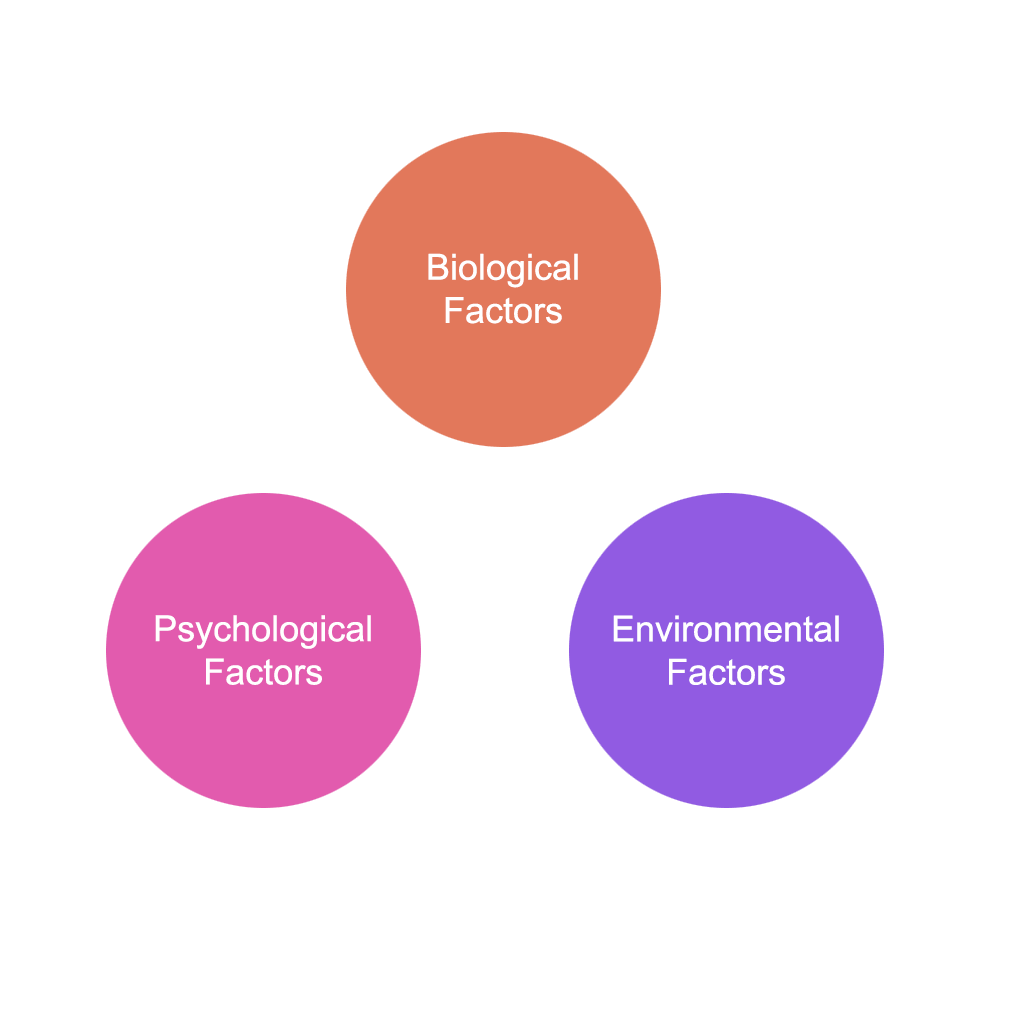What is the Behavioral Assessment?
In behavioural assessment, constituents of a behaviour are measured to understand why certain behaviour happens and what caused that behaviour.
The constituents include feelings, cognition’s and overt behaviors and their controlling variables. Behavioural assessment focuses on what an individual does and not what the person has or is.
Behavioural assessment is more an exploratory activity. It tries to find out the range of procedures used to understand children, adults and groups.
Also read | List of Key Factors that determinants the Personality.
Behavioural assessment started when ambiguous behaviors were first taken as a subject for scientific study. Four main phases have been identified since the 1960s. Main goal of behavioural assessment is behavioural change.
The five traits which could be considered for study under behavioural afunctional analysis, triple response modes and multi-causality, idiographism, multimethodism and the experimental method.
The Theoretical Model Underlying the Application. of Behavioural Assessment Procedures:
Evaluation of a person’s behaviour requires assessment of the person, the setting and the interaction between the two. Setting here means the environmental circumstances that influence the occurrence and non-occurrence of the individual’s behaviour.
Environmental circumstances are those environmental events ,preceding the behaviour and those after the behaviour.
Also read | The Different types of Behavioral Assessment.
Common Characteristics and Assumptions of Behavioural Assessment Methods
Certain common features of behavioural assessment methods are discussed below:
They all focus on behaviour: In behavioural assessment, both overt and covert behaviors are assessed. An assessment should be objective.
They believe in Quantification: Behavior is quantified so that the information can be reliable across time and persons. It also makes the information more objective.
They use trained, impartial observers: Trained and impartial observers are used for recording and collecting information in an objective manner. They are also supposed to interpret the data objectively.
Also read | The Testing and Measurement Concepts of Assessment.
They use empirically. validated measures: The measurement across situations should be consistent and empirically validated.
They recognize errors and try to minimize errors: Assessment of behaviour involves different degrees of error causing. Attempts are made to reduce ,the errors by using statistical techniques.
The behaviour concerned happens because stimuli from the environment: The situational influences on behaviour, public events and direct observation of behaviour i)‘ the natural environment are emphasized.
They depend not on one but multiple sources of information: Besides behavioural assessment, various assessment strategies are used. They include checklists, behavioural interviews, rating scales, Standardized instruments, self-reports, self-monitoring forms and observations.
Also read | Cattell’s trait theory of personality.
They put high emphasis on intervention: The primary purpose of assessment is to get information that will help in developing effective intervention strategies.
They use continuous assessment: Assessment is continuous throughout baseline, intervention, and follow up phases. The effectiveness of intervention strategies is continuously evaluated.
They emphasize on empirically based decision-making process: On the basis of empirical data available, decisions about assessment strategies and interventions are made.
They focus on individual person rather than groups: Individuals are focused and not group for behavioural assessment. Recognition of individual differences in behaviour and its determinants lead to idiosyncratic assessment and intervention.
Also read | List of main tenets of Maslow’s Theory of Personality.
High emphasis is put on individual differences: Individual differences get high importance along with situational and cultural differences.
They look for causes contributing to the problem and try to solve the problem: Identification of causes contributing to the .problem is extremely important so as to devise intervention strategies to solve the problem.
They focus on developing adaptive behaviour in the individual: Behavioural assessment focuses on developing adaptive, positive, or desirable behaviour.
Advantages and Limitations of Behavioural Assessment Advantages:
Also read | The salient features of Skinner’s theory of personality.
- It provides objective data for taking decision on content and strategies for intervention.
- It results in the formulation of intervention strategies.
- Behavioural assessment can be carried out in the natural setting or in stimulated conditions resembling the natural setting.
- It is conducted as per the unique characteristics of the referred person and the targeted environment..
- Behavioural assessment facilitates determining the progress and evaluation of outcomes.
- Behavioural assessment facilitates multifaceted assessment.
- Any one with sufficient training can implement most behavioural assessment techniques.
Also read | The Important Features of Pavlov’s theory.
Limitations of behavioural assessment:
- Most of the behavioural assessment techniques are not standardized.
- Behavioural assessment provides inconsistent data because of different levels of specification of the concerned behaviors.
- It gives a narrow definition of behaviour.
- Behavioral assessment technique looks easy to apply.



